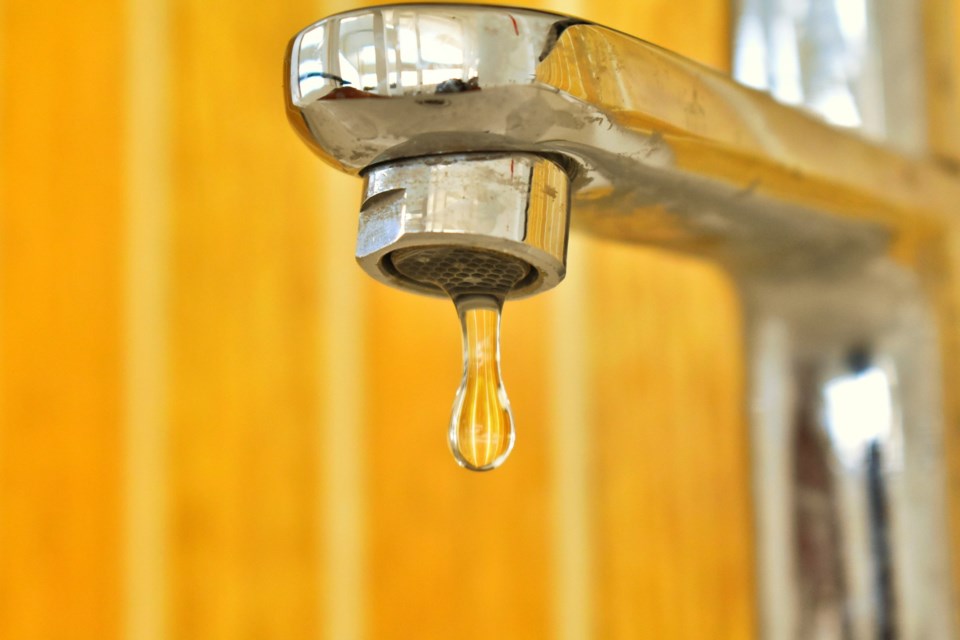Longmont will continue to participate in a $100,000 regionwide effort to monitor unregulated compounds that make it into the city’s drinking water supply.
By a unanimous vote Tuesday night, city council agreed to an amendment to a pact with the Northern Colorado Water Conservancy District to gauge the presence and concentrations of pharmaceuticals, personal care products, hormones and pesticides in water sources.
The district operates the Colorado-BIg Thompson, or C-BT, and Windy Gap projects, which store and deliver untreated water to northern Colorado municipalities, including Longmont. In 2009, the conservancy district started the Compounds of Emerging Concerns Program to monitor the unregulated compounds and coordinate the work for the cities and towns, according to a city staff report.
Participants in the program are Longmont, Fort Collins, Boulder, Loveland, Broomfield, Greeley and Estes Park.
In all, The program has found that Longmont’s drinking water supply is safe.
“We have detected only 55 compounds out of a list of 212 since monitoring began,” the water district stated in an infographic detailing programwide findings.
Council in September 2020 approved the original intergovernmental agreement to remain part of the program, the staff report states. The amendment passed Tuesday clarifies each city’s responsibility for costs associated with their respective study sites.
The amendment does not change the intent or scope of the program, the report states.
Longmont pays $10,000 to be part of the program. But the “cost is dependent upon monitoring activities performed during the year,” according to the staff report.
The program monitors contaminants from a variety of sources including wastewater, runoff from lawns and agriculture, and recreation, according to the water district’s webpage explaining the program.
Monitoring is conducted biennially at more than 20 sampling locations to assess impacts of trends and changes in water quality. The effort also helps assess the impacts from adverse events such as floods and wildfires.
In years when monitoring is not conducted, funds are used to support special studies and program development.


